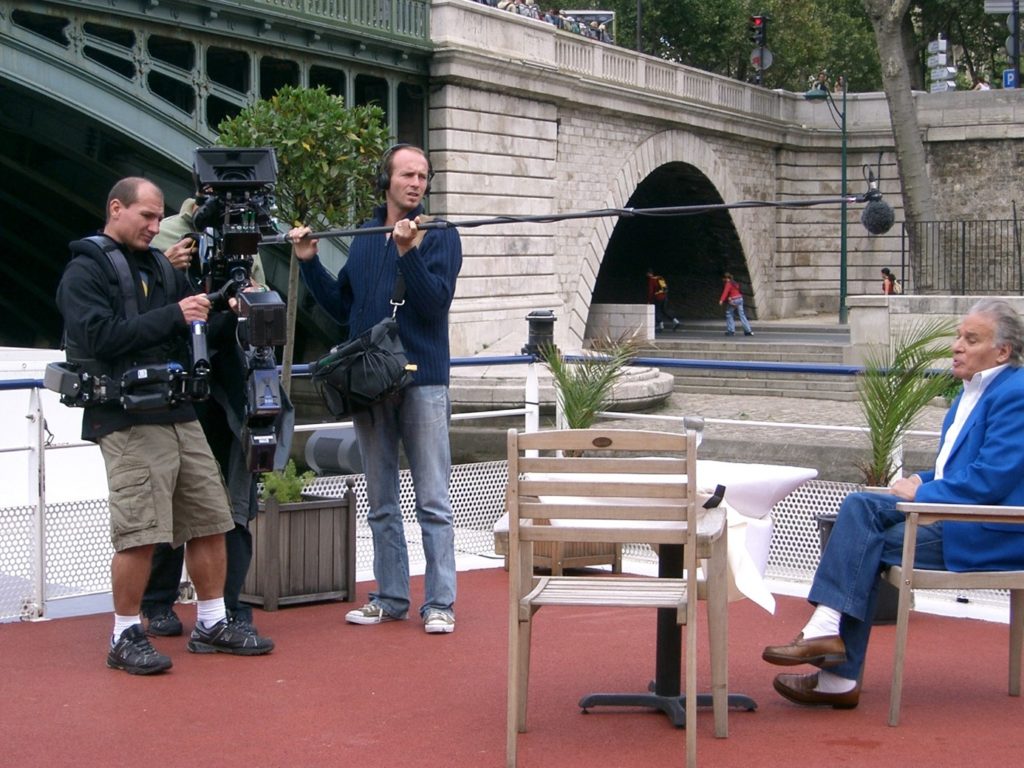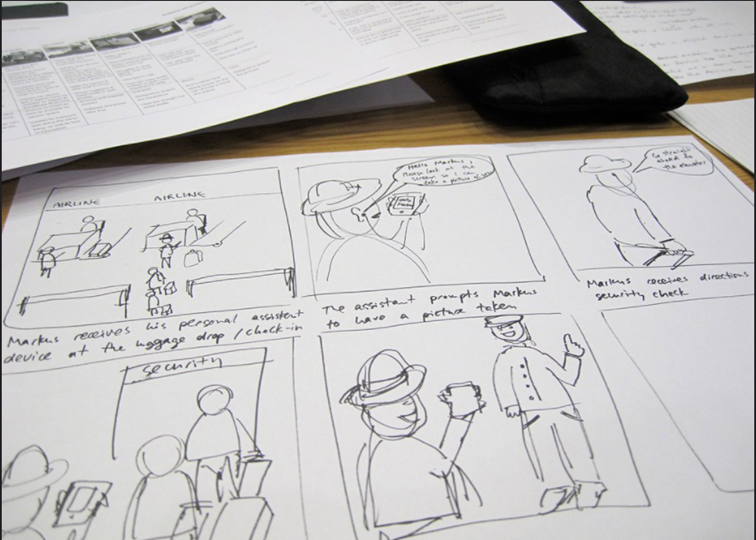The video medium is becoming more and more important in communication and simply omnipresent in the digital world: Youtube, Twitch, Snapchat… The monopoly of television and its linear broadcasting model has fallen! It is normal that corporate communication follows this trend and that video is democratized to reach a wider audience. But a video is tedious and even complicated to make… Really?
While large companies have communication departments and partners equipped to produce professional renderings, this is often not the case for SMEs and innovative start-ups that are focused on the development of their product or service, and who communicate with their potential customers in a more traditional manner.
Video and funding schemes
More and more innovation funding schemes for SMEs include the need to provide a short video when submitting an application. In France, we can mention the INOV competition and in Europe, the “star” of the schemes, the EIC Accelerator.
There is no doubt that this criterion is going to be more and more popular, as it allows the evaluators to quickly form an opinion on the project… as well as on the people who carry it!
It goes without saying, but it can be double-edged, our eye is very critical of videos, as we are so used to this medium going through a professional production process: the danger is obviously that an excellent project may be discredited because of the quality of its video.
To address this new demand, let’s take a look at what is expected, and detail the process for self-production of a short video of the type expected for the EIC Accelerator. First of all, what do the evaluators expect from the video? Here we remind the official instructions given for the EIC Accelerator:
“A video lasting up to 3 minutes, in which the key members of your team (up to 3 people) explain the motivation for competing. “
Beyond these – meager – instructions, the unofficial speech is: “keep it simple! “. Above all, the EIC wants to be able to reassure itself about the profile of the leaders, their motivation and their experience. The mantra “Feel good factor” is often put forward to explain what the evaluators expect.
So, how to make a short and punchy video, using limited means, while guaranteeing a quasi-professional rendering, to catch the eye of the evaluators? We will first detail the preparatory process, with advice from our own experience.
Establish the video storyboard
We will establish here the detailed breakdown of the video, according to the type of video chosen. For this type of exercise, we recommend the simplest type of video: a recording facing the camera, with a neutral background, to enumerate the key messages in a direct mode. The speech can be enhanced with cutaways (for exemple explaining the functioning of the product or service or showing the employees at work) to make the video more dynamic.
Other types of video exist (report with voice-over, explanatory video, motion design, “social network” type capsules) but we do not recommend them: They can be expensive to produce, but above all they do not emphasize the women and men at the center of the company project.
The typical 3′ video plan is based on the main lines of the message you want to convey, while varying the speakers to bring rhythm. One objective: to make people want to believe in the company and to convey enthusiasm.
Write the video script
Here the difficulty lies in the subtle balance to :
- Deliver all the messages,
- Write with a style adapted to the oral discourse,
- Define and balance the length of the messages: Be careful to time your interventions to stay within the time limit of the exercise.
Prepare the video shooting
You are going to block the agenda of several people for an afternoon, it is necessary to prepare things well beforehand, and to avoid having to redo a shot later because of a technical detail. Some details must be validated beforehand:
- Are the shooting locations satisfactory? Clean, well-lit, quiet (if possible without echo!) and without passage. A plain white wall may be enough, but a “cozier” place like the sofas in the relaxation room can also bring “a soul”. The choice is yours!
- Make sure that no confidential details are visible!
- Prepare the material in advance! Charged batteries, empty memory cards, available extension cords…
Shoot the video
Here we come to the heart of the matter: the technique. Do you need a state-of-the-art camera to get a professional look? The answer is NO! A recent smartphone is more than enough to provide a quality of video compatible with a pro rendering… Provided you shoot with a lot of light! It’s up to you to take precautions.
On the other hand, some aspects must be carefully considered, otherwise the efforts made will be ruined:
- Fix the camera / smartphone on a dedicated stand to have a fixed image. Even with the best will in the world, you will move and this will disturb the attention of the audience.
- Pay attention to the sound: During a video, our attention is really captured by the sound: its quality will set you apart from the rest of the self-produced videos!
- Take notes! Between the multiple takes, the technical tests, you may have more than an hour of video recorded. If you write down the names of the most promising shots, it will save time when editing.
- Respect the timing: Don’t think you can save a few seconds by cutting out hesitations and blanks during editing! This is the assurance of spending hours in front of the editing software, for a result that is often unconvincing. If a take is not good, or not in the right timing, you will simply have to do it again…
Once the right shots have been recorded, it’s time to edit the video. We could spend hours talking about the subject, and make a comparative study of the different editing software, but know that with free solutions, it is quite possible to make a simple editing of the different takes. Also, forget about complicated effects, otherwise you’ll spend hours on it and the result will not always be satisfying!
Your video is ready !
As you have seen, nothing is impossible, as long as you have a certain affinity for audio-video techniques. If not, it is of course possible to call on audiovisual production companies that can simply make the video recording for you, or accompany you from A to Z for a turnkey service. But keep in mind that the speech you give, and your “interpretation”, the enthusiasm transmitted to the screen will always prevail over the technique.
This was an overview of our feedback on the production of short videos for corporate communication and funding schemes. For a more complete feedback, including detailed shooting tips, please contact us by email, contact@benkei.fr.





 Follow
Follow